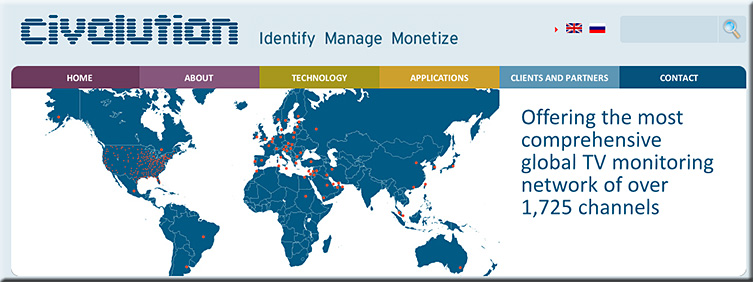Innovation U — from Southern New Hampshire University by Michelle E. Dunn, Editor
Excerpt:
Blowing Up the Business Model
SNHU has a history of innovation that includes establishing satellite campuses and launching a groundbreaking three-year Honors Program in Business. But more recent initiatives have placed SNHU at the forefront of a movement to fundamentally change American higher education and earned it acclaim from the noted business magazine Fast Company, which placed SNHU 12th on its recent World’s 50 Most Innovative Companies list. Ranked alongside business giants such as Apple, Google, Facebook and Starbucks, SNHU was the only university on the list.
In the Fast Company article highlighting SNHU’s forward thinking, President Paul LeBlanc acknowledged that innovation is imperative to survival in a rapidly changing higher education landscape.
“We want to create the business model that blows up our current business model,” he told the magazine, “because if we don’t, someone else will.”
…
The Innovation Lab
Imagine a new education model that would enable students to earn an SNHU associate degree for less than $3,000 per year.
Making that model a reality is the goal of the SNHU Innovation Lab, an educational incubator that is working to reduce costs, increase access and provide transformational experiences for students who have been marginalized by traditional higher education.
Established last November and staffed by four SNHU academic and technology experts, the Innovation Lab is spearheading the Pathways Project, an initiative that will seek to educate 5,000 disadvantaged students in the next five years. Slated to launch this fall, the project’s pilot degree program will apply a competency-based approach that leverages technology, community support, social networking and strong assessment.
Also see:
- Competency-based education advances with U.S. approval of program — from thechronicle.com by Marc Parry





















![The-Living-Class-Room-Daniel-S-Christian---July-2012 The Living [Class] Room -- by Daniel Christian -- July 2012 -- a second device used in conjunction with a Smart/Connected TV](http://danielschristian.com/learning-ecosystems/wp-content/uploads/2012/07/The-Living-Class-Room-Daniel-S-Christian-July-2012.jpg)
